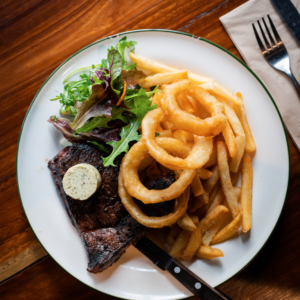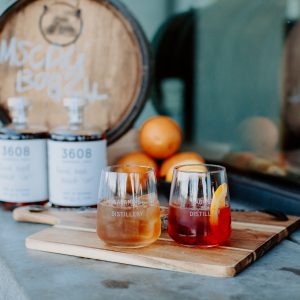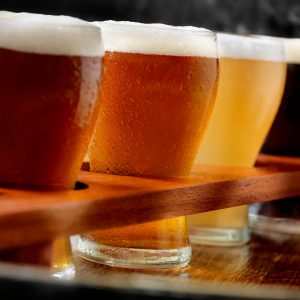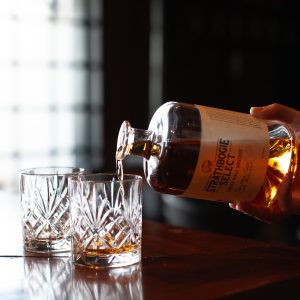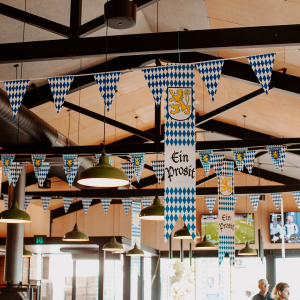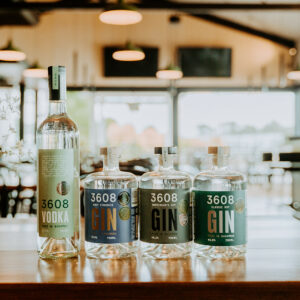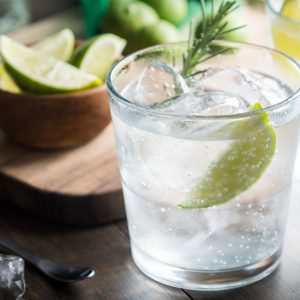It’s seems impossible that something so tasty can be created using just four ingredients… but it’s true.
Here’s what they are and how it all works.
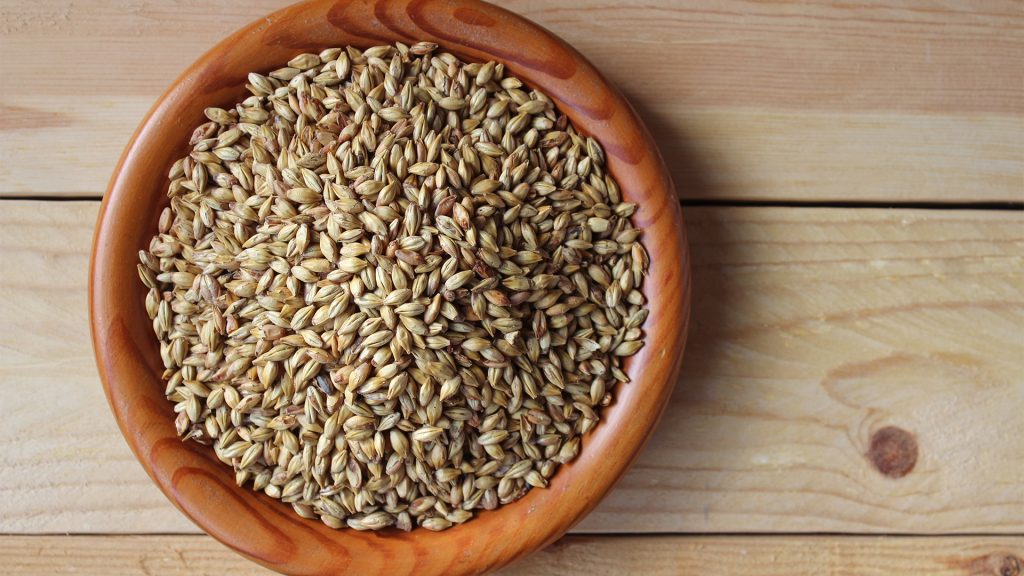
Malted Grains
We’ll start here because this one has the biggest impact on the brew. The grains used to make the malt largely affect the colour, smell, taste and head of the beer. Most breweries will use barley as their main grain. Why? Because it has an excellent starch to protein ratio and provides the enzymes needed for the third stage of brewing, called mashing. You can’t just chuck barley in the tanks though. First it has to be malted, which means it’s soaked in water, germinated then roasted to dry out the grain and stop the germination process. The temperature of the roast affects the colour of the malted grain, so low temperatures create a pale malt that forms the basis of pale ales and lagers, while the highest temperatures make a dark, almost black malt that is used in porters and stouts.
Other grains – wheat, oats, rice, corn and more – can also be malted for use in the brewing process to change the end flavour and mouth feel.
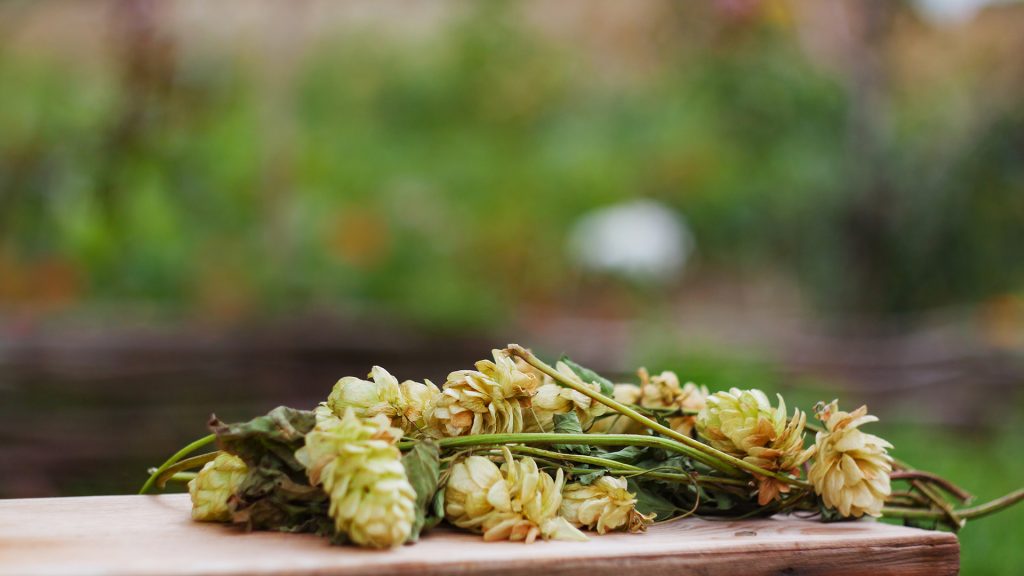
Hops
This ingredient affects the bitterness and aroma of the finished product. They’re also the most expensive ingredient, so it’s excellent that you don’t always have to use a lot of them (except when you’re making a hoppy drop like an IPA).
There are hundreds of different varieties of hops, all with their own distinct characteristics, but they can all be put into one of three self-explanatory categories: bitter hops, aroma hops and double target hops. We use quite a bit of Cascade at Nagambie Brewery, which originated in Oregon in the 1960s and has a spicy citrus aroma with hints of grapefruit. But if you check out the Our Beers page you can see which hops brewer Jamie Chesher has used in our different brews.

Yeast
Did you know yeast is actually a living organism? There are 1,500 different recognised species, some of which are used for baking and others for making different types of alcohol. Cultivated brewing yeasts come in three types – bottom fermenting, top yeasts and ‘wild’ yeasts.
Bottom fermenting yeasts sink to the bottom of the tank during the process, produce a cleaner profile and are used for lagers and pilsners.
Top yeasts work at higher temperatures, produce more esters (those fruity aromas and flavours, like the bananas you get in a hefeweizen). IPAs and ales are made using top yeast.
Wild yeasts aren’t quite what they say on the label, at least in the form brewers use them. They are usually considered undesirable, but some brewers now cultivate them. The most common type is Brettanomyces or Brett, which is hard to control and, when used, is added very late in the fermentation process.

Water
You might be disappointed to discover that beer is 90 per cent good ol’ H2O. The amount of minerals, such as iron and lime, in the water can affect the taste of the beer, but you can really use any as long as it doesn’t smell of chlorine or come from a dirty pond. The softer the water, the cleaner the beer, which is why mountain spring water (it is largely mineral free) is prized by brewers. They can use the pure versions for their lagers then add whatever mineral salts they think a brew needs to increase the vibrancy of the hops, for example, in an IPA.
So that’s it. Those are the four main ingredients of beer. Of course, other flavourings – cherries, spices, citrus, coffee – can be added to create a more unique offering, but you have to start with the basics.
